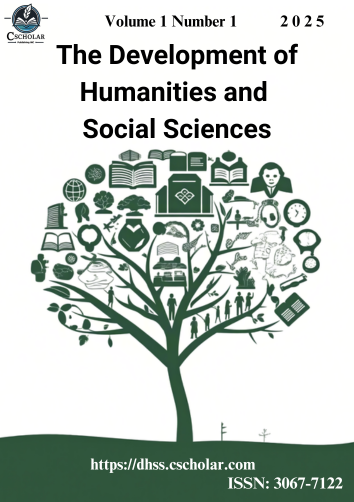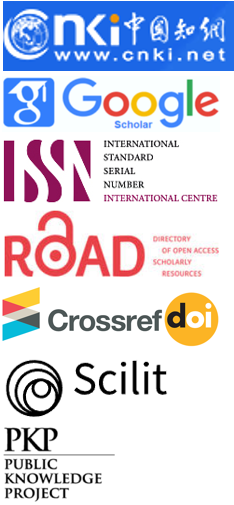Research Strategies and Practices of AI-Driven Secondary School English Teaching
DOI:
https://doi.org/10.71204/bnqn1w65Keywords:
Artificial Intelligence(AI), Secondary English Teaching, VR Virtual Technology, Personalized RecommendationAbstract
This study provides an in-depth analysis of the traditional challenges faced in secondary English education, including stereotypical teaching styles, lack of personalized education, lack of resources for teaching and research, and constraints on teachers’ professional growth. This paper proposes that the incorporation of Artificial Intelligence (AI) technology provides novel solutions to address these challenges. It enhances the interactivity and practicality of language learning through an intelligent context simulation system, customizes personalized learning paths using big data analysis, optimizes the allocation of teaching resources with the help of intelligent literature retrieval and analysis tools, and promotes teachers’ professional development through a teacher skills assessment and feedback mechanism. Looking ahead, the deep application of AI in education will bring more efficient, personalized and intelligent changes to secondary school English teaching.
References
Aihaiti, M. (2015). The meaning of applying task-driven teaching method in the information technology training of primary and secondary school teachers. The Science Education Article Collects.
Bruner, J. S. (1966). Toward a theory of instruction. studies in philosophy & education, 7(4), 280-290.
Cole, M., Johnsteiner, V., Scribner, S., & Souberman, E. (1978). Mind in society: the development of higher psychological processes. Psychological Processes, 7740(1), 774027.
Duraes, D., Bezerra, R., & Novais, P. (2024). AI-enabled Educational Transformation in Secondary Schools: Leveraging Data Insights for Inclusive Learning Environments. 2024 IEEE Global Engineering Education Conference (EDUCON). IEEE.
Fissore, C., Floris, F., Conte, M. M., & Sacchet, M. (2025). Teaching the Specialized Language of Mathematics with a Data-Driven Approach: What Data Do We Use?. International Conference on Bridging the Gap between AI and Reality. Springer, Cham.
Lin, L., Zhou, D., Wang, J., & Wang, Y. (2024). A systematic review of big data driven education evaluation:. SAGE Open, 14(2), 1-11.
Ng, D. T. K., Su, J., & Chu, S. K. W. (2024). Fostering secondary school students’ ai literacy through making AI-enabled recycling bins. Education and Information Technologies, 29(8), 32.
Palmero, J. R.(2025). The role of artificial intelligence in project-based learning: teacher perceptions and pedagogical implications. Education Sciences, 15(2), 150.
Rajabi, P., Taghipour, P., Cukierman, D., & Doleck, T. (2024). Unleashing chatgpt's impact in higher education: student and faculty perspectives. Computers in Human Behavior: Artificial Humans, 2(2), 100090.
Sabic, I., Puljiz, H., & Smoljo, A. (2024). Personalized learning in the croatian national education system: a study of ai implementation in the e-class register. SN Computer Science, 5(8), 1-11.
Schulte, C., Biehler, R., & Sven Hüsing. (2022). Exploring the data-driven world: teaching ai and ml from a data-centric perspective.
Shi, H. (2024). English Situational ODIAR Teaching Framework Based on AI Painting and Implementation Pathways. 2024 International Conference on Informatics Education and Computer Technology Applications (IECA). IEEE.
Sperling, K., Stenliden, Linnéa, Nissen, J., & Heintz, F. (2024). Behind the scenes of co- designing ai and la in k-12 education. Postdigital Science and Education, 6(1), 321-341.
Downloads
Published
Data Availability Statement
Not applicable.
Issue
Section
Categories
License
Copyright (c) 2025 Manman Li, Rumeng Duan (Author)

This work is licensed under a Creative Commons Attribution 4.0 International License.
All articles published in this journal are licensed under the Creative Commons Attribution 4.0 International License (CC BY 4.0). This license permits unrestricted use, distribution, and reproduction in any medium, provided the original author(s) and source are properly credited. Authors retain copyright of their work, and readers are free to copy, share, adapt, and build upon the material for any purpose, including commercial use, as long as appropriate attribution is given.





